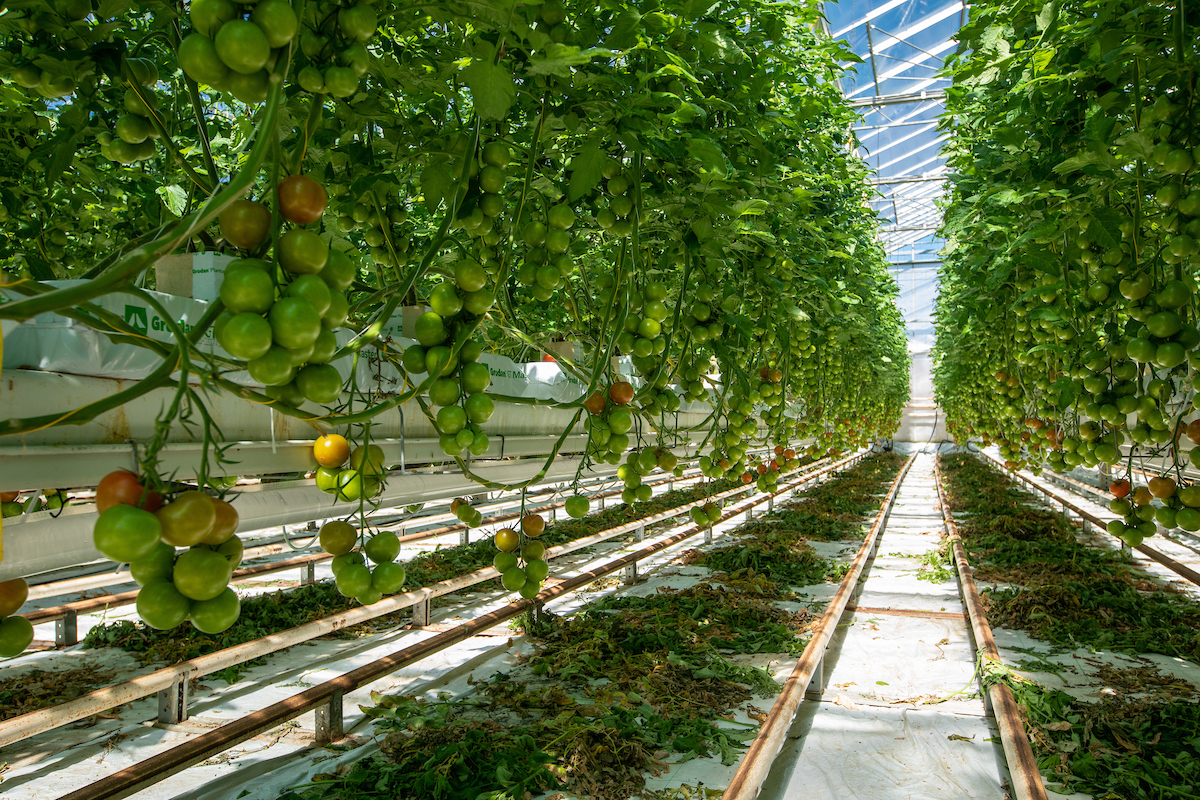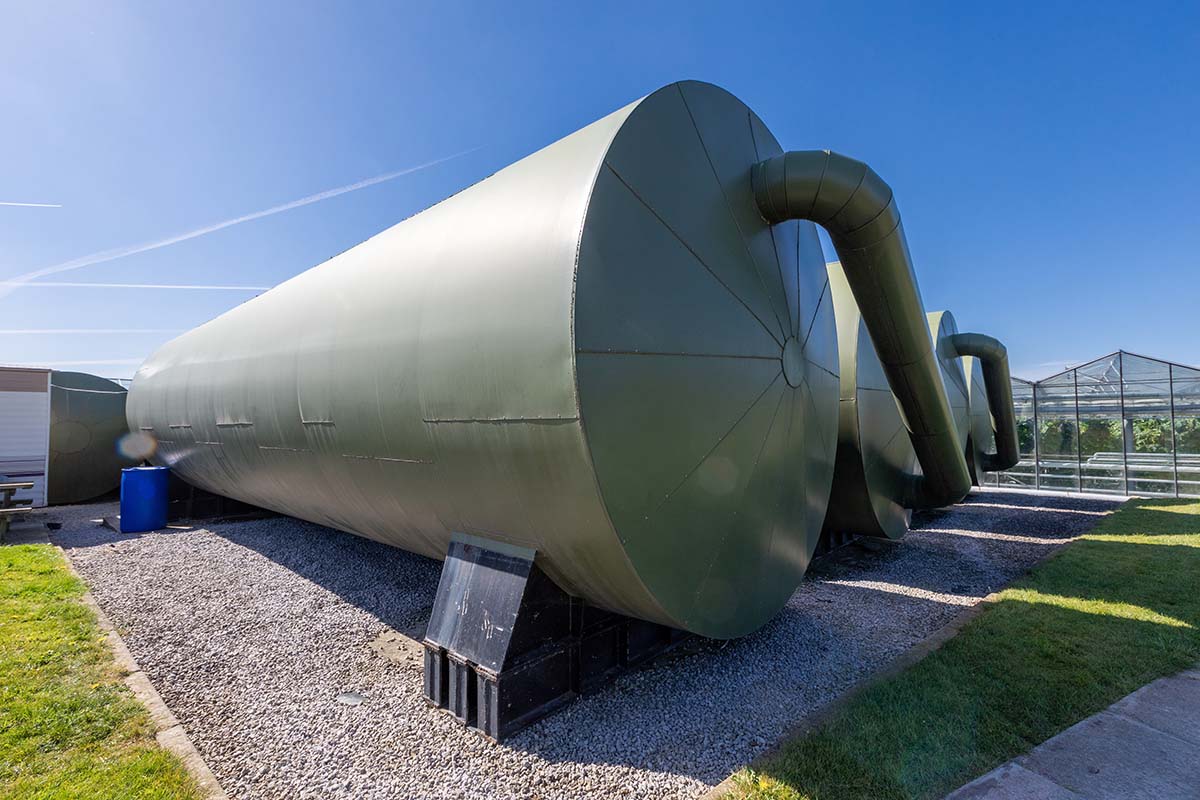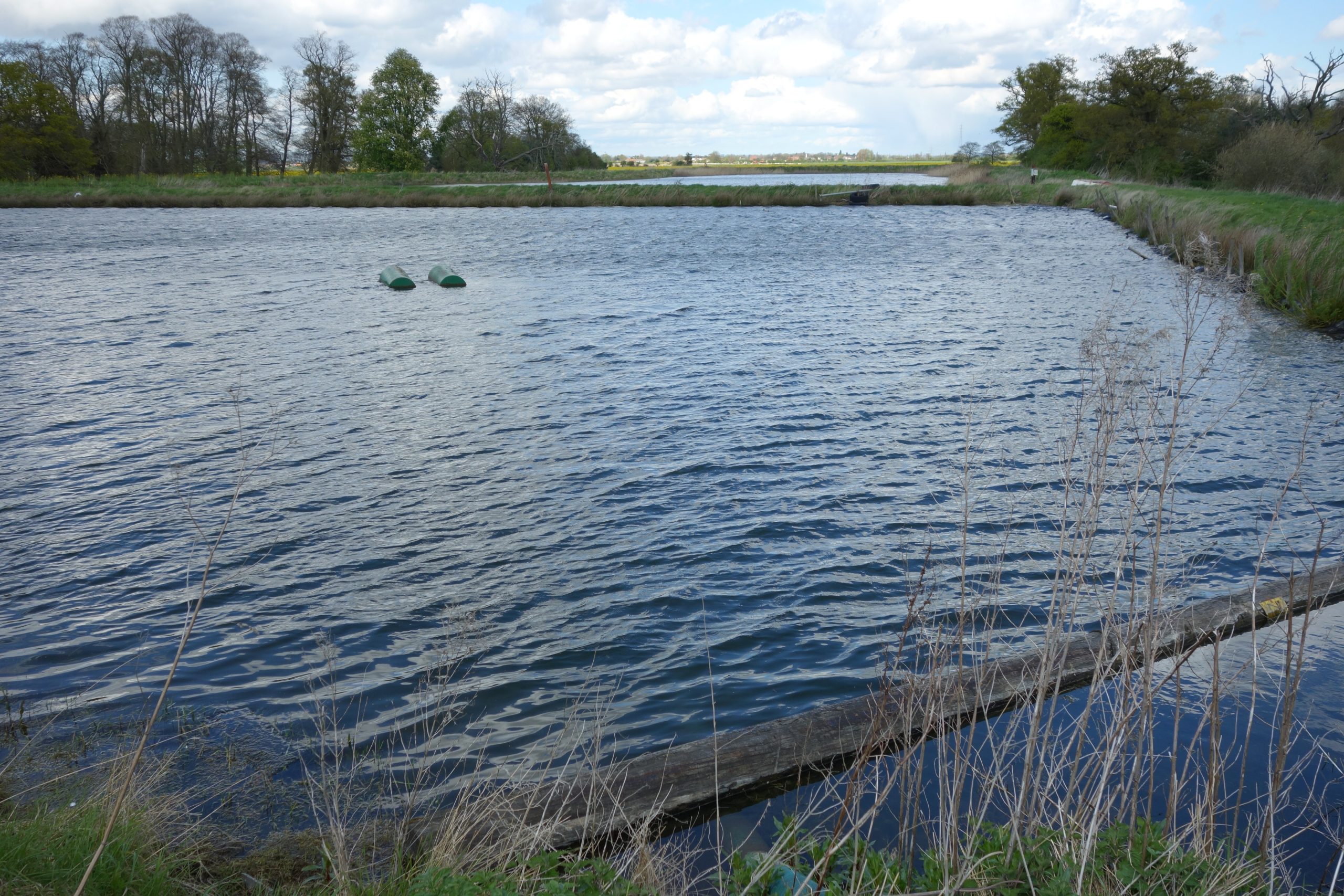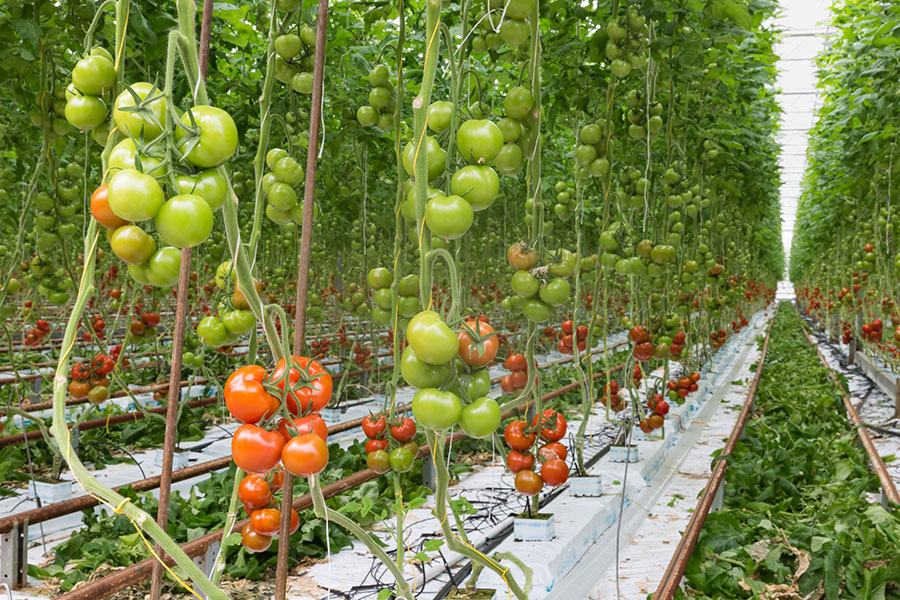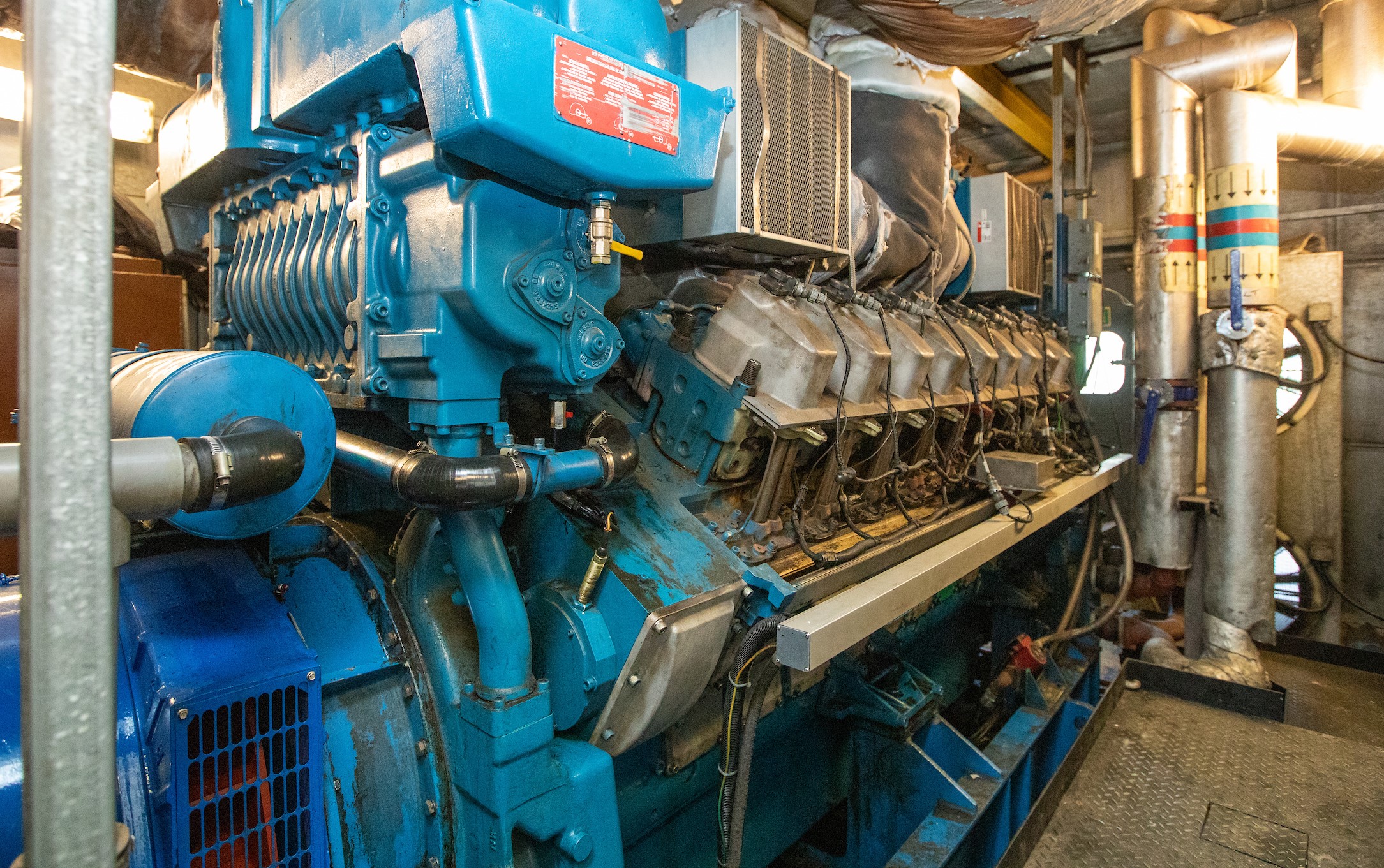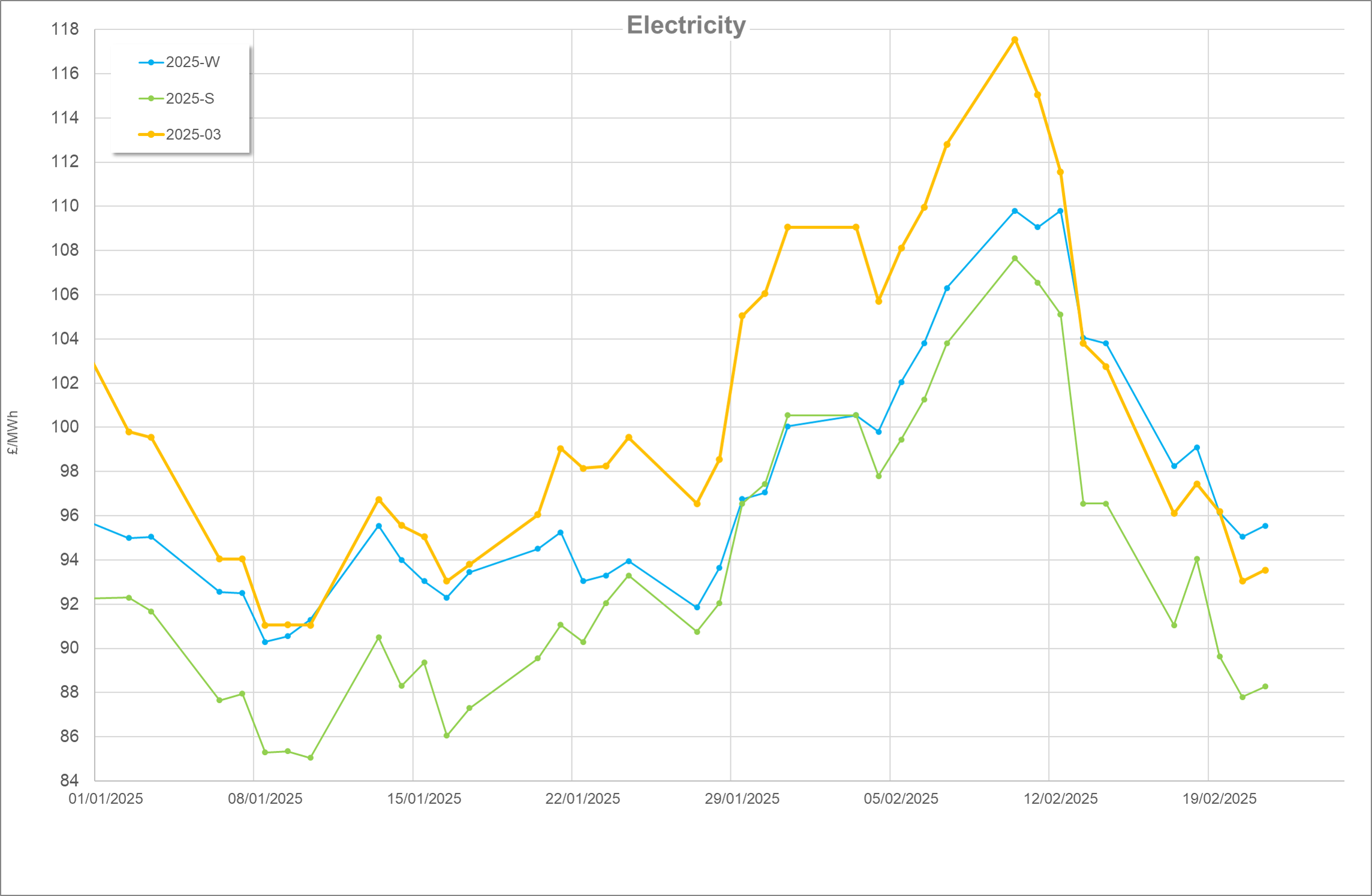First published August 2016
A detailed look at Biomass Combined Heat and Power (CHP), the three types of Biomass CHP boiler systems, the pros and cons of each, and the implications of Biomass CHP for CO2 enrichment.
Quick links
- What is Biomass Combined Heat and Power (CHP)?
- Biomass CHP: Gasification
- Biomass CHP: Steam Turbines
- Biomass CHP: ORC Turbine (Organic Rankine Cycle)
- What about CO2 ?
What is Biomass Combined Heat and Power (CHP)?
There are horticultural projects where a biomass boiler also enables power generation. This process allows simultaneous generation of usable heat and electricity and is known as Biomass Combined Heat and Power (CHP).
By using some of the gas, released by wood, or heat created from a biomass boiler, a Biomass CHP system drives a generator or turbine. The remaining thermal energy can then be used to heat a glasshouse or some other process.
Biomass CHP currently qualifies for subsidy for both the heat and electricity produced. This makes them a potentially attractive investment proposition, where there is a consistent and sustained demand for heat, providing the electrical power produced may be utilised on site or exported to the grid.
The usual starting point for a cost effective Biomass CHP installation is the requirement for heat. This is due to all Biomass CHP systems producing a higher proportion of heat than electrical power. The resulting electrical energy is then used to either reduce dependence on power from, or for export to, the grid.
The three types of Biomass CHP currently available are gasification, steam turbine and ORC turbine. These vary considerably in technology, scalability and in the proportion of heat and electrical power produced.
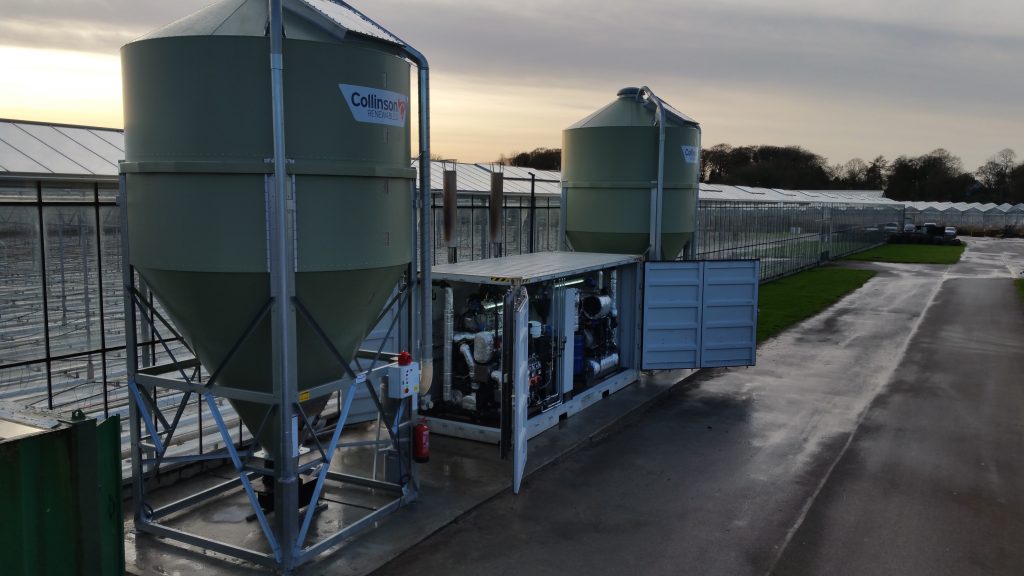
Biomass CHP: Gasification
Learn about gasification in the context of Biomass CHP, the typical outputs and costs, and the pros and cons of gasification.
In the context of Biomass CHP, gasification is the process which converts biomass into a flammable gas, suitable to power an internal combustion engine. The engine is used to drive a generator for the production of electrical power. Gasification systems are typically relatively small scale, with a ratio of heat to electrical output usually in the region of 2:1.
It is extremely important that combustion of the biomass fuel produces clean gas for the engine, so this type of Biomass CHP will normally require a clean fuel source such as wood pellets.
Typical Outputs and Costs

Pros and Cons of Gasification
Pros:
- Highly incentivised through government subsidies.
- Reasonably scalable for smaller applications.
- Small footprint.
- High electrical heat ratio.
- Can provide high temperature usable heat up to 250°C.
- Large scale gasification units can be configured to run on recycled timber.
Cons:
- New technology with few reference sites.
- Small gasification units can only run on the best quality,
- and therefore more expensive, wood fuels.
- High maintenance costs.
Biomass CHP: Steam Turbine
Find out about biomass steam boilers, their typical outputs and costs, and the pros and cons of using a steam turbine in your biomass CHP system.
Biomass steam boilers use standard combustion principles, with automatic fuel delivery and adjustment of combustion air to optimise burning efficiency. By using standard combustion, the quality of the biomass fuel is less critical and the user has more flexibility regarding the biomass fuel type and supplier.
The steam boiler is normally mounted directly on top of the combustion chamber ensuring a simple, compact design and efficient heat transfer. For most horticultural applications using steam Biomass CHP, the electricity will be generated by a steam turbine operating at relatively low pressure.
Biomass steam driven CHP systems are a versatile option, as they are based on tried and tested technology using common-place design and components.
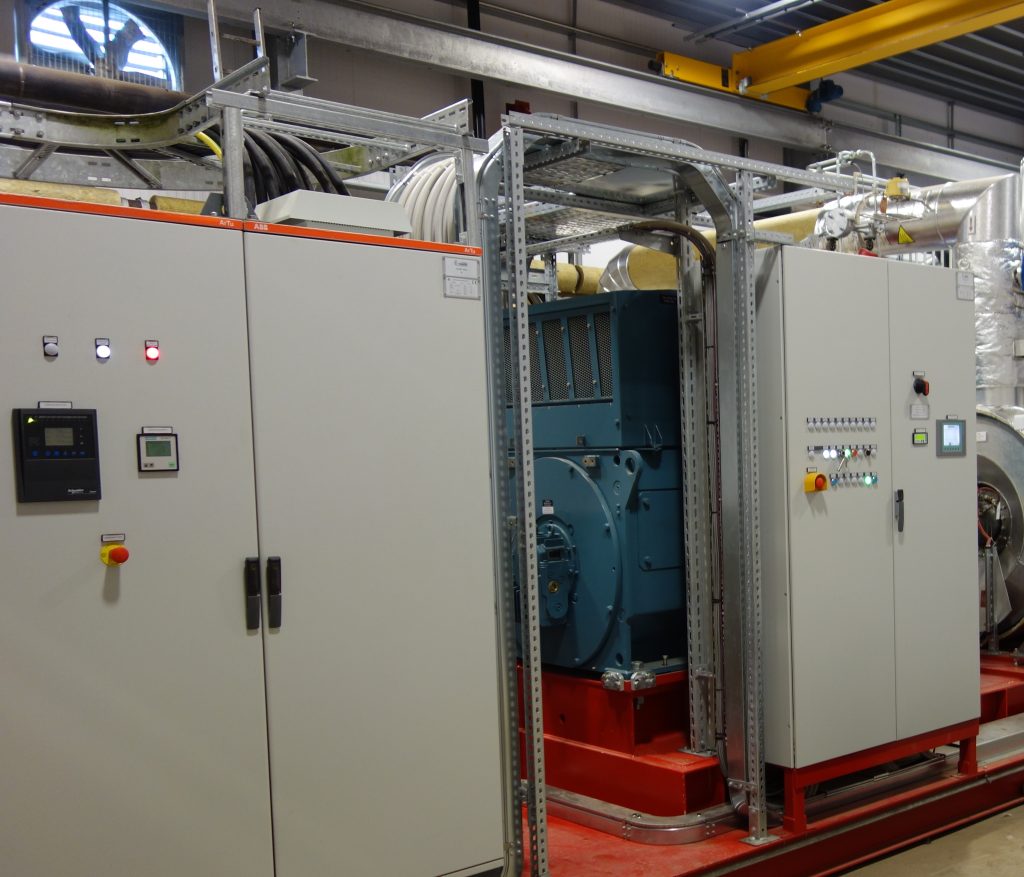
Typical Outputs and Costs

Pros and Cons of Steam Turbine
Pros:
- Can be configured to run on cheaper recycled timber or wet wood.
- Highly incentivised through government subsidies.
- Can provide high temperature waste heat up to 150°C.
Cons:
- High operation and maintenance costs on high pressure steam.
- High initial outlay.
- High proportion of heat to electricity.
Biomass CHP: ORC Turbine (Organic Rankine Cycle)
What is an Organic Rankine Cycle (ORC) system and how is it different to a steam turbine? Learn about their typical outputs and costs and the pros and cons of using an ORC turbine to power your biomass CHP installation.

ORC systems are based on similar principles to steam turbines, but use organic silicon oil as the operating medium rather than water or steam. Organic oils employ lower temperatures and pressures compared to steam based systems.
Wood fueled combustion heats the pressurised oil to 300°C, which is then allowed to expand to produce a high energy oil vapour to drive a turbine or electrical generator. The turbine is water cooled, and the water is output from the turbine at 90°C, which is ideal for glasshouse heating.
The electrical efficiency is around 17% of the total energy input, about 3% higher than traditional steam turbines.
The advantages of the ORC system are that it performs well under partial load and, because of the low working pressures and temperatures, it is not subject to the regulations of steam equipment. ORC units are suitable for Biomass CHP plants with an electrical output as small as 200kW. Single ORC units go up to 2MWe in size and multiple units can be installed to increase capacity.
ORC systems typically operate with a ratio of heat to electricity generation of around 5:1.
Typical Outputs and Costs

Pros and Cons of ORC Turbine
Pros:
- Easy to operate and maintain, as they run at low pressure, and therefore lower staff costs.
- Can be configured to run on recycled timber.
- Highly incentivised through government subsidies.
- Reasonably scalable for smaller applications.
Cons:
- Large footprint.
- High initial outlay.
- Low electrical efficiency.
- High proportion of heat to electricity.
- Can only provide heat at a maximum of 90°C.
What about CO2?
Biomass CHP and the implications for CO2 enrichment in the glasshouse.
Gas fired CHP also produces CO2, from which contaminants such as NOx and CO are easily removed, so it can be utilised to enrich levels in the glasshouse. The ready availability of usable CO2 has been a significant driver for the uptake of CHP, particularly in the intensive edible crops sector.
However, biomass systems have a very different flue gas composition. This means that the usual catalytic flue gas cleaning system, used for natural gas CHP installations, is unsuitable for cleaning the flue gas in a Biomass CHP. The absence of an affordable flue gas cleaning system for biomass has been a significant bottleneck for their uptake by growers of some crops, until now.
There have been systems developed in Canada and Europe, which use an amine scrubber to separate the CO2 from the rest of the flue gas.

